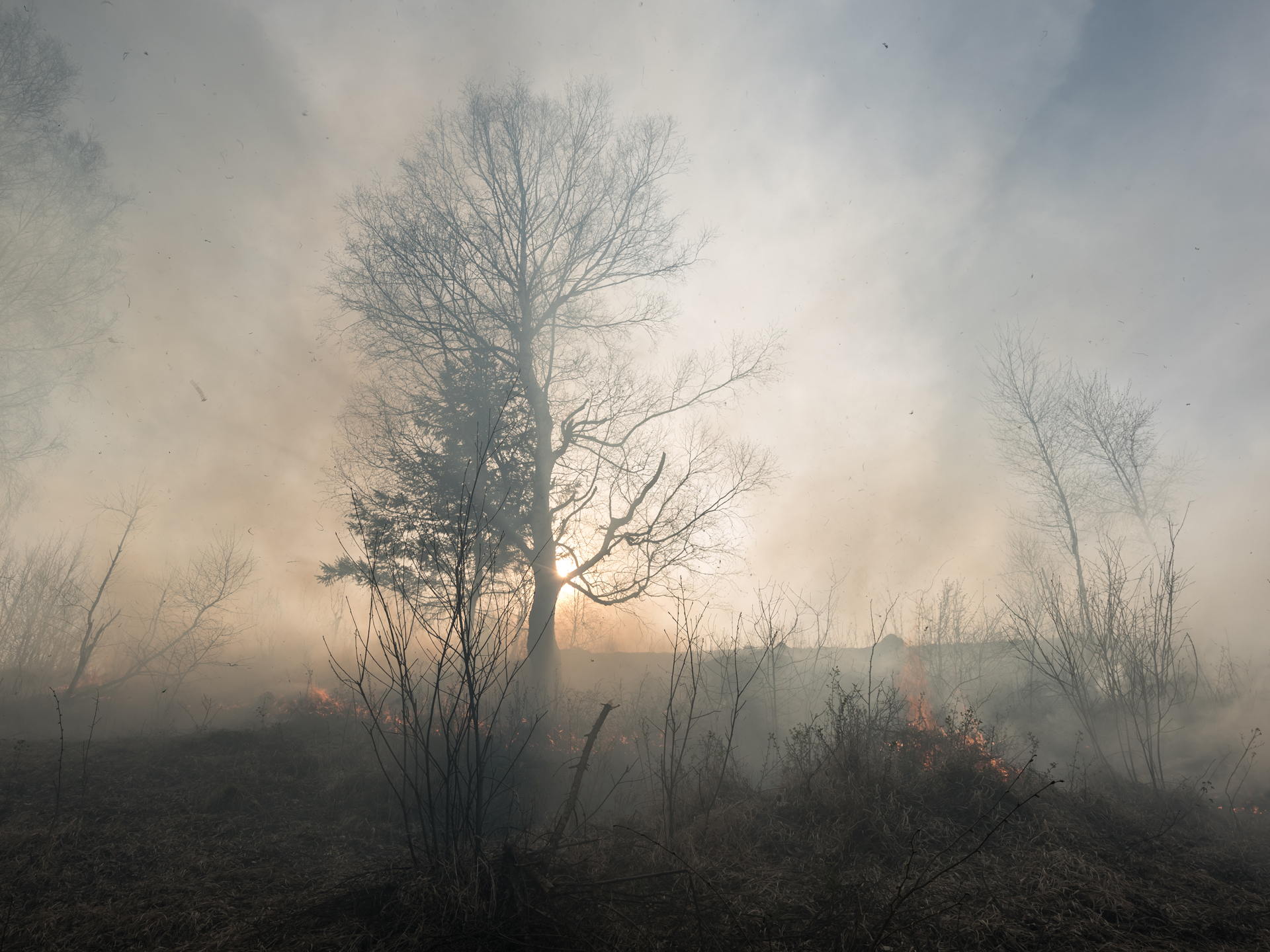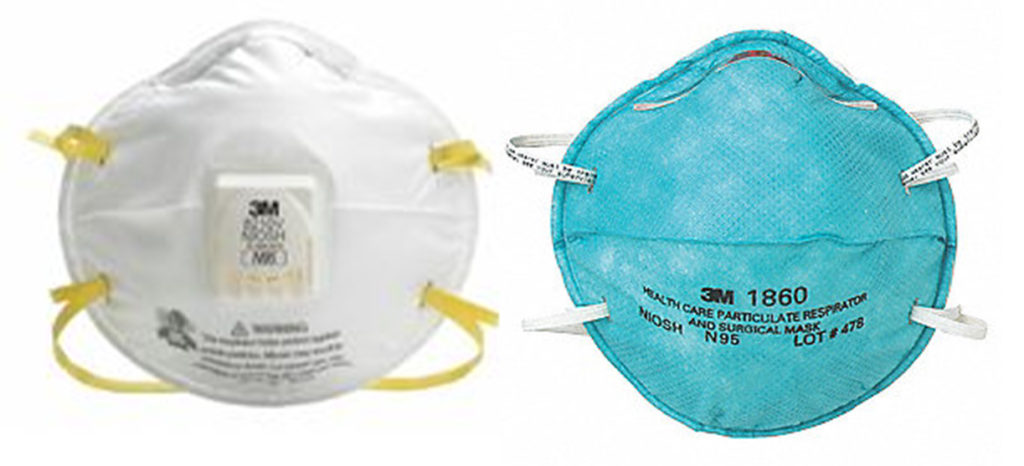We are all aware that California has been ravaged by wildfires in recent years. The loss of life and property has been historical and has meaningfully changed how some in our agricultural community operate. Politically, a variety of issues exist surrounding how to take both preventative and corrective measures in all aspects of wildfire management. One of those areas on consternation that has been a point of discussion for nearly a year is the impact of wildfire smoke on employees.
In December 2018, the California Labor Federation, Worksafe and the California Rural Legal Assistance Foundation filed Petition No. 573, “requesting development of an emergency standard to put in place protections for outdoor workers who are working in areas impacted by wildfire smoke.”[i] Of particular concern by the petitioners is workers’ exposure to fine particulate matter (PM2.5), which wildfire smoke contains unhealthy levels. “Exposure to fine particulate matter can reduce lung function, worsen heart and lung conditions, and cause coughing, wheezing and difficulty breathing.”[ii]
As is customary, California Department of Industrial Relations, Division of Occupational Safety and Health (Cal/OSHA) staff reviewed the evidence supporting Petition No. 573 and their findings, in addition to the information provided by the petitioners was reviewed by the Occupational Safety and Health Standards Board (Cal/OSHA Standards Board). The Board determined on March 21, 2019 to grant in part Petition No. 573 and what followed was a whirlwind of activity by Cal/OSHA staff and stakeholders.
Less than two months later an advisory committee meeting was held for all parties to provide input and feedback as to the impact of wildfire smoke on employees, the possible control measures in a standard, the feasibility of the new regulation, and the cost. An exhaustive comment period was held on May 8, 2019 and as a result, Cal/OSHA staff further refined the proposed regulation to take into account the perspective shared.
On July 18, 2019, the Cal/OSHA Standards Board adopted the final regulation. Under the emergency rulemaking process, the regulation takes effect ten days following the languages submission to the Office of Administrative Law. Cal/OSHA officially announced the regulation took effect on July 29, 2019, indicating no delay or issues found by the Office of Administrative Law. This regulation will be effective for one year and during that time, Cal/OSHA intends to pursue the development of a permanent regulation for the protection of employees from exposure to unhealthy levels of wildfire smoke.
The Devil is in the Details
After all the whirlwind political wrangling to bring the emergency regulation to fruition, the question is now who is impacted and what action ensures compliance? The emergency regulation applies to workplaces where the current Air Quality Index (AQI) for airborne particulate matter (PM) is 151 or higher, and where employers should reasonably anticipate that employees could be exposed to wildfire smoke.
Certain workplaces have been exempted from the regulation and those include:
- Enclosed buildings or structures in which the air is filtered by a mechanical ventilation system and the employer ensures that windows, doors, bays, and other openings are kept closed to minimize contamination by outdoor or unfiltered air.
- Enclosed vehicles in which the air is filtered by a cabin air filter and the employer ensures that windows, doors, and other openings are kept closed to minimize contamination by outdoor or unfiltered air.
- The employer demonstrates that the concentration of PM2.5 in the air does not exceed a concentration that corresponds to a current AQI of 151 or greater by measuring PM2.5 levels at the worksite.
- Employees exposed to a current AQI for PM2.5 of 151 or greater for a total of one hour or less during a shift.
- Firefighters engaged in wildland firefighting.
For those employers not exempt from the standard, the following steps must be taken to mitigate workers’ exposure:
- Identify harmful PM from wildfire smoke before each shift and periodically thereafter by checking the AQI for PM 2.5 (the pollutant of concern).
- Reduce the exposure by relocating workers to an enclosed building with filtered air or move workers to another outdoor location where the AQI for PM 2.5 is less than 150.
- If you cannot move workers out of the area with the AQI reading in excess of 151, then you must provide:
- Respirators, such as N95 masks, for voluntary use.
- Training on the new regulation, the health effects of wildfire smoke, and the safe use and maintenance of respirators.
One of the requirements for an employer to comply with the new emergency regulation protecting workers from wildfire smoke exposure is to provide respirators, such as N95 masks, for voluntary use once the AQI reading is in excess of 151 for more than an hour or more during a shift.
It is important to remember that while the decision to use the respirator is that of the employee, you as the employer must always make them available and ensure workers are trained in how to properly use them. If the employee opts to not wear the mask, it is recommended that he/she signs documentation acknowledging that training was provided and the protection was offered, and it was his/her decision not to use the personal protective equipment.
To review the complete text of the regulation, visit http://www.dir.ca.gov/OSHSB/documents/Protection-from-Wildfire-Smoke-Emergency-txtbrdconsider.pdf It is also important for employers to remember that this story is not complete. On August 27, 2019, Cal/OSHA is convening an advisory committee meeting to begin the process of developing the permanent standard. Compliance with the emergency regulation will play a critical role in that process and as always, agricultural stakeholders are encouraged to provide input into the impact of the regulation.
For more information about workplace safety during a wildfire or other natural disaster, or other worker safety, human resources, labor relations, pesticide safety or food safety issues, please visit www.agsafe.org, call (209) 526-4400 or email safeinfo@agsafe.org. AgSafe is a 501c3 nonprofit providing training, education, outreach and tools in the areas of safety, labor relations, food safety and human resources for the food and farming industries. Since 1991, AgSafe has educated over 85,000 employers, supervisors, and workers about these critical issues.
[i] Mitch Steiger, Douglas L. Parker, Anne Katten, “Petition 573,” California Department of Industrial Relations, Division of Occupational Safety and Health, July 25, 2019, http://www.dir.ca.gov/oshsb/documents/petition-573.pdf.
[ii] Mitch Steiger, Douglas L. Parker, Anne Katten, “Petition 573,” California Department of Industrial Relations, Division of Occupational Safety and Health, July 25, 2019, http://www.dir.ca.gov/oshsb/documents/petition-573.pdf.

















